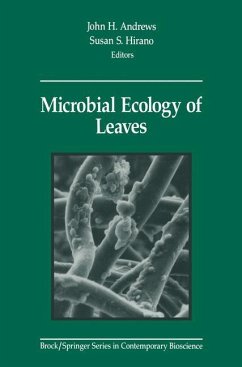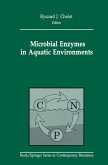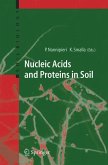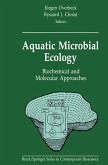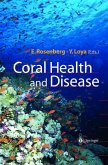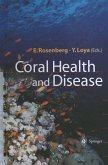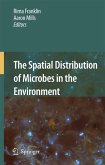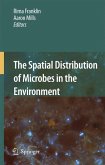The leaf surface or phyllosphere is a major habitat for microorganisms. Microbes on or within leaves play important roles in plant ecology, and these microbes can be manipulated to enhance plant growth or reduce plant disease. This book presents a number of critical reviews by internationally recognized experts on the microbial ecology of leaves. Topics include methods of assessment of microbial populations on leaf surfaces, leaves as reservoirs of ice nucleation phenomenon, and leaves as microbial habitats in both aquatic and terrestrial environments. The book will be of interest to students and scientists in numerous disciplines, including botany, aerobiology, meteorology, ecology, agriculture, and microbiology.
This book is based on symposium addresses given at the 5th International Symposium on the Microbiology of the Phyllosphere, held in Madison, Wisconsin, from 31 July to 3 August 1990. The conference brought together about 100 scientists with diverse interests pertinent to the study of leaves and microbes, including bacteriology, mycology, medical microbiology, ecology, plant pathology, physiology, anatomy, molecular biology, statis tics, aerobiology, and meteorology. What has been learned since the first conference of the series was convened in 1979 at Newcastle-upon-Tyne, England, by T. F. Preece and C. H. Dickinson? Introductory remarks by N. J. Fokkema (Chapter 1) provide the pers pective of a plant pathologist about how the discipline has evolved and where we stand now more than 30 years after the pioneering Dutch scien tist J. Ruinen described the phyllosphere as an "ecologically neglected mili· eu. " The first major section of the book, Part 2, ''The Habitat," is comprised of five chapters and considers leaf-microbe relationships in an aerial and an aquatic setting. B. E. Juniper (Chapter 2) sets the stage by reviewing the physical and chemical features of leaves that may influence microbial growth. Aerial movement of microbes to and from leaves is considered by D. E. Pedgley (Chapter 3). The aquatic analog to air as a medium is assessed by R. Goulder and J. H. Baker (Chapter 4). Leaf surface features that influ ence fungal infection are discussed by E. A. Allen, H. C. Hoch, J. R.
Hinweis: Dieser Artikel kann nur an eine deutsche Lieferadresse ausgeliefert werden.
This book is based on symposium addresses given at the 5th International Symposium on the Microbiology of the Phyllosphere, held in Madison, Wisconsin, from 31 July to 3 August 1990. The conference brought together about 100 scientists with diverse interests pertinent to the study of leaves and microbes, including bacteriology, mycology, medical microbiology, ecology, plant pathology, physiology, anatomy, molecular biology, statis tics, aerobiology, and meteorology. What has been learned since the first conference of the series was convened in 1979 at Newcastle-upon-Tyne, England, by T. F. Preece and C. H. Dickinson? Introductory remarks by N. J. Fokkema (Chapter 1) provide the pers pective of a plant pathologist about how the discipline has evolved and where we stand now more than 30 years after the pioneering Dutch scien tist J. Ruinen described the phyllosphere as an "ecologically neglected mili· eu. " The first major section of the book, Part 2, ''The Habitat," is comprised of five chapters and considers leaf-microbe relationships in an aerial and an aquatic setting. B. E. Juniper (Chapter 2) sets the stage by reviewing the physical and chemical features of leaves that may influence microbial growth. Aerial movement of microbes to and from leaves is considered by D. E. Pedgley (Chapter 3). The aquatic analog to air as a medium is assessed by R. Goulder and J. H. Baker (Chapter 4). Leaf surface features that influ ence fungal infection are discussed by E. A. Allen, H. C. Hoch, J. R.
Hinweis: Dieser Artikel kann nur an eine deutsche Lieferadresse ausgeliefert werden.

